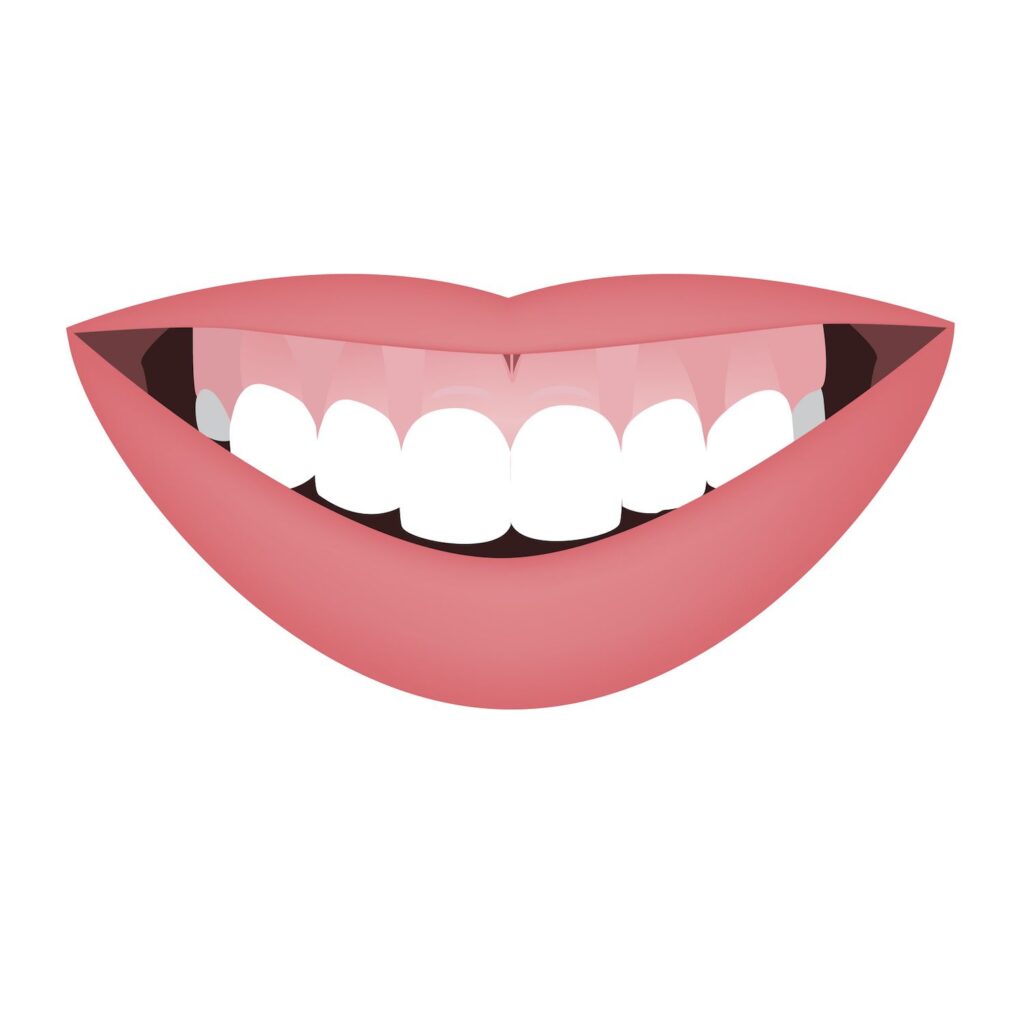Have you noticed a change in your gums recently? Are more of your teeth showing than you remember? It could be gum recession. Gum recession occurs when your gums pull away from your teeth, exposing more of the tooth root. Typically, this is a sign of periodontal disease—also known as gum disease. Gum disease is an infection that slowly destroys your gum tissue.
Generally, it begins with a buildup of plaque along the gum line. If you do not remove plaque well enough, the gums can become inflamed. This is because plaque is a form of bacteria that can cause an infection. As a result, the gums can swell or begin to pull back from the gums. This can create pockets for more plaque to build, progressing the disease.
Without treatment, you can experience severe damage to the gums and teeth. The gums help stabilize the teeth, so without them, teeth can loosen and fall out.

Side Effects of Receding Gums
One of the most visible side effects of receding gums will be a change in your smile. As the gums recede, it will make your teeth look longer. This can make your smile seem uneven or “toothy.”
Once the gums begin to recede, there will be more room for your gums to gather plaque. This can progress the disease further. The more room there is for plaque, the more that will gather. The more plaque there is, the more the gums will recede.
The gums will continue to recede if you do not seek treatment. Unfortunately, this can lead to infections and tooth decay. The recession can expose the root of the tooth, which contains the nerves. As a result, bacteria can damage more of the tooth.
Additionally, advanced gum disease can cause tooth loss. This is because the gums keep the teeth in place. Without them, your teeth become loose and potentially fall out.
Treatment Options
Depending on the severity of your gum recession, there are several treatment options your dentist can offer you.
One of the first lines of defense for treating receding gums is a deep clean. Another name for this procedure is scaling and root planing. During this procedure, your dentist will remove the plaque and tartar buildup on the surfaces of your tooth roots and underneath your gum line. The goal is to remove the plaque that is causing the infection; this is the scaling portion. Then, they will make the surfaces smoother to make it more difficult for plaque to stick to the surface—root planing.
After this procedure, your dentist will likely prescribe antibiotics to help get rid of the total infection.
In addition, another way that your dentist may perform this procedure is to create small flaps along your gums. This helps them access the plaque that can build up underneath your gums. They may do this procedure with lasers to reduce bleeding and inflammation. Interestingly, using lasers is associated with faster recovery time and quicker destruction of plaque and other bacteria.
Extreme gum recession may need a tissue graft.
